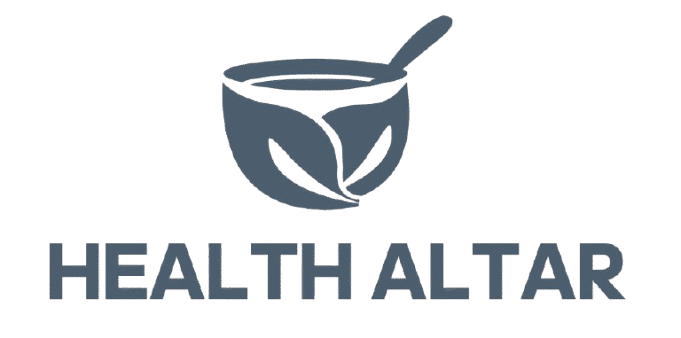Belly fat is one of the hardest to eliminate—and also one of the most dangerous to your health. That’s why many people are turning to natural, effective solutions to reduce it. Among the most popular options is a powerful superfood: chia seeds.
But do chia seeds really help burn abdominal fat? How should they be consumed? In this article, we explain everything you need to know, with accurate information and practical tips to make the most of this tiny nutritional powerhouse.
What Are Chia Seeds and Why Are They Considered a Superfood?
Chia seeds come from the Salvia hispanica plant, native to Central America. Despite their small size, they’re loaded with nutrients. Just two tablespoons (28 g) provide:
- Over 10 g of fiber
- 5 g of complete plant-based protein
- Omega-3 fatty acids (ALA)
- Essential minerals like calcium, magnesium, iron, and zinc
- Natural antioxidants
This unique nutritional profile makes chia seeds an ideal food for fat loss, especially when included in a balanced diet paired with physical activity.
How Do Chia Seeds Help Reduce Belly Fat?
1. High in Fiber: Regulates Appetite and Controls Hunger
One of the key factors in fat loss is reducing calorie intake without feeling hungry. The soluble fiber in chia seeds forms a gel-like substance in the stomach that:
- Increases satiety
- Slows digestion
- Helps reduce cravings and overeating
This is crucial for maintaining a calorie deficit, which is necessary for losing fat—especially in the abdominal area.
👉 Studies show that higher intake of soluble fiber is linked to reduced visceral fat accumulation.
2. Rich in Plant Protein: Supports Metabolism
Chia seeds contain about 17 g of protein per 100 g, which is high for a plant-based food.
Protein:
- Boosts energy expenditure (thermic effect of food)
- Helps preserve lean muscle mass during weight loss
- Aids in the regulation of hunger hormones like ghrelin and leptin
This leads to a more active metabolism, particularly when combined with regular exercise.
3. Omega-3 ALA: Fights Belly Inflammation
Excess visceral fat (around the abdomen) is associated with chronic low-grade inflammation in the body.
The omega-3 fatty acids in chia seeds—especially alpha-linolenic acid (ALA)—help:
- Reduce systemic inflammation
- Improve insulin sensitivity
- Promote a healthier hormonal environment for fat burning
This not only aids in weight loss but also helps reduce bloating and abdominal swelling.
4. Stabilizes Blood Sugar and Prevents Insulin Spikes
Spikes in blood sugar and insulin levels encourage fat storage, particularly around the belly.
Thanks to their fiber and low net carbs, chia seeds:
- Prevent rapid increases in blood glucose after meals
- Enhance insulin response
- Reduce cravings for sugar and refined carbs
This helps balance metabolism and encourages more efficient fat burning.
5. Detoxifying Effect and Reduced Bloating
Because they absorb water and support regular bowel movements, chia seeds:
- Promote natural detoxification
- Prevent constipation
- Reduce fluid retention and abdominal bloating
This can lead to a flatter-looking stomach, even before actual fat loss occurs.
How to Take Chia Seeds to Burn Belly Fat
Here are some effective ways to include chia in your daily routine:
1. Chia Water on an Empty Stomach
Soak 1 tablespoon of chia seeds in a glass of water for at least 30 minutes (or overnight). Drink it in the morning to kickstart metabolism and curb appetite.
2. In Smoothies or Detox Drinks
Add 1–2 tablespoons to green smoothies, fruit blends, or protein shakes.
3. In Healthy Puddings
Mix with plant-based milk and let it sit until it thickens. Add cinnamon, cocoa, or fruit. Great for breakfast or snacks.
4. As a Meal Topper
Sprinkle over yogurt, salads, soups, or whole grain dishes.
How Much Should You Consume Daily?
The recommended daily amount for fat-burning benefits is 1 to 2 tablespoons (15–30 g). Always hydrate chia seeds before consuming to prevent digestive discomfort and ensure better absorption.
Are There Any Side Effects?
Chia seeds are generally safe, but here are a few precautions:
- Drink plenty of water to avoid digestive blockage from their high fiber content
- People with swallowing difficulties should avoid eating dry seeds
- If you take blood thinners, or medications for blood pressure or diabetes, consult your doctor

